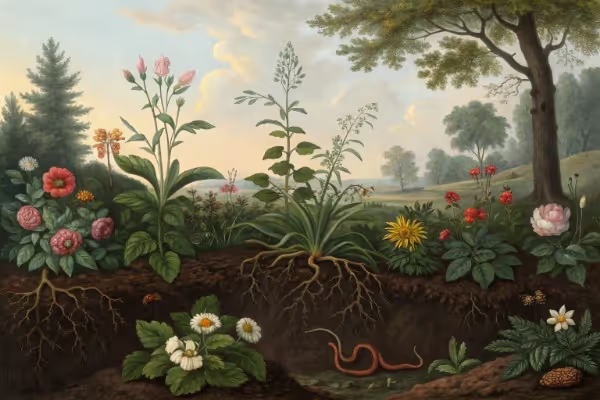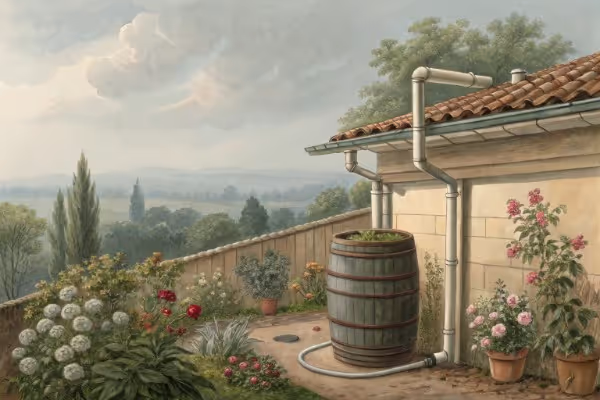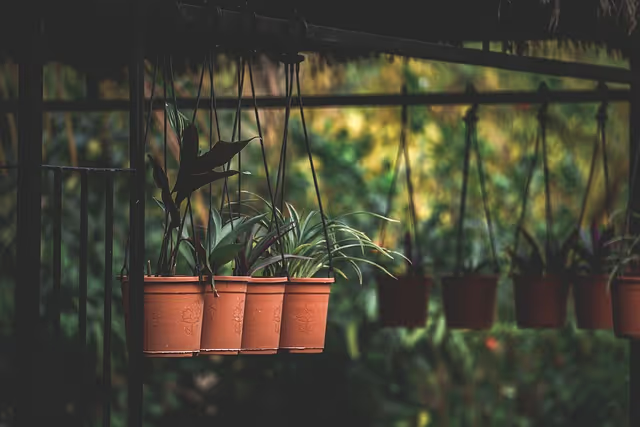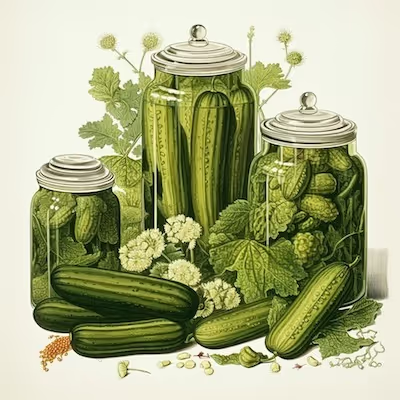Growing Onions in Containers for a Fresh, Compact Harvest
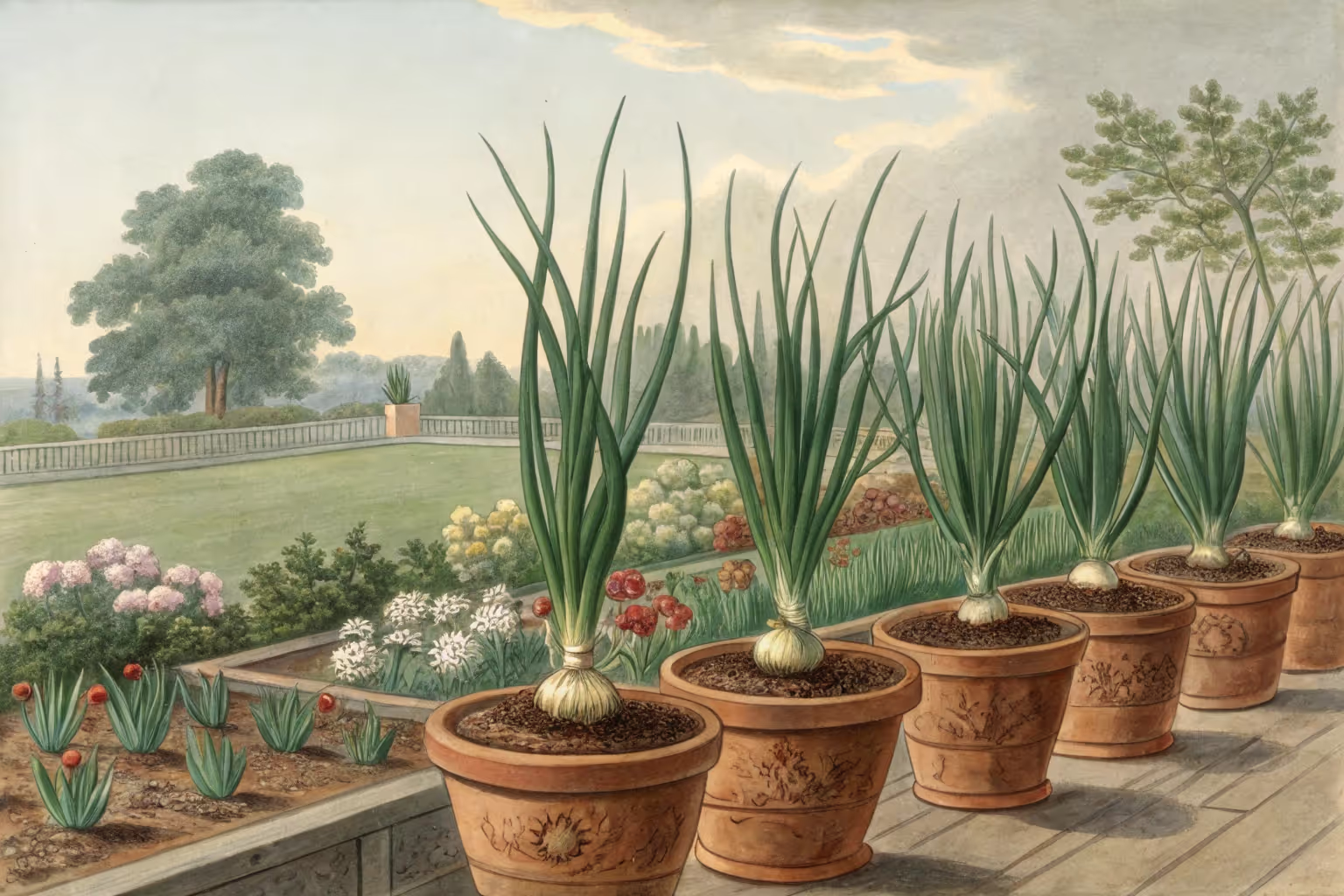
growing onions in containers
Growing onions in containers delivers fresh flavor to small spaces. Pick a pot at least 10 inches deep, fill it with well-draining soil, and place it where sunlight streams for six full hours daily—your onions crave bright rays. Keep soil evenly moist but never soggy, and you'll harvest plump bulbs no matter how limited your garden real estate.
Cheatsheet: Compact Onion Yields in Pots
🌱 Varieties & Sowing
- Best types: Short-day or bunching onions
- Plant sets or seedlings for faster results
- Sow sets 1 inch (2.5cm) deep, 3 inches (8cm) apart
- For greens, sow seeds thickly and harvest young
🧅 Tools and Products You’ll Need
- 12-inch (30cm) wide, 10-inch (25cm) deep containers
- Premium potting mix, pH 6.0–7.0
- Onion sets or seeds
- Balanced granular fertilizer (10-10-10 or 5-10-10)
- Trowel, watering can
☀️ Placement & Light
- Full sun: 6+ hours/day
- Rotate for even growth
💧 Water & Feeding
- Keep soil evenly moist, never soggy
- Fertilize monthly with half-strength fertilizer
- Mulch with straw to retain moisture
🛡️ Pest & Disease Watch
- Protect from onion maggot with mesh covers
- Remove yellowed leaves to reduce rot
✂️ Harvest & Storage
- Pull green onions at 6–8 inches (15–20cm) tall
- Harvest bulbs when tops yellow and flop
- Dry in a warm, airy spot 7–10 days
🍽️ Health & Self-Sufficiency
- Rich in vitamin C, antioxidants, prebiotics
- Homegrown: pesticide-free and ultra-fresh
- 1 medium onion = 44 kcal, boosts immunity, heart health
🌍 Quick Stats
- Up to 30 onions per 12-inch (30cm) pot
- Onion seeds remain viable for 1–2 years
- 95% water content—keep soil moist for fullest bulbs
Choosing the Perfect Container
I've grown onions in everything—from elegant terracotta pots to repurposed whiskey barrels. You might prefer glazed ceramic or simple plastic containers; whatever your style, ensure the pot is at least 8-10 inches (20-25 cm) deep.
Onions develop shallow but spreading roots, so pick a container that offers ample width. Anytime I skimped on pot size, I ended up with cramped, unhappy onions—lesson learned!
"Selecting a spacious container directly impacts onion bulb size and overall yield."
Preparing Your Soil Mix
Onions adore loose, well-drained soil. I blend equal parts potting mix and quality compost, adding a generous scoop of perlite for drainage.
The ideal soil pH for onions hovers between 6.0 and 7.0—slightly acidic to neutral. A dash of bone meal or balanced granular fertilizer enriches nutrient levels from the get-go.
The Importance of Drainage
No onion enjoys sitting in soggy conditions. Drill adequate drainage holes; my onions sigh visibly in relief when roots have breathing space.
Planting Your Onion Sets vs. Seeds
I've done both methods, and honestly, onion sets (tiny bulbs) are my preference for containers. Sets shave precious weeks off the growing timeline.
Planting Onion Sets Step-by-Step:
- Fill your prepared container, leaving about an inch (2.5 cm) from the rim.
- Space sets about 4 inches (10 cm) apart, gently pressing just below the soil surface, pointed tip upwards.
- Water gently but deeply until evenly moist.
If You Prefer Seeds…
I've successfully started onions from seed indoors 8-10 weeks before transplanting outside. Patience pays off here.
Sow seeds shallowly, covering lightly with a sprinkle of soil—patting gently, watering carefully. Transplant at around pencil-thick stage.
Sunlight and Watering Essentials
Container onions need full sun. Six to eight hours of daily sunlight gets bulbs swelling proudly.
Onions typically require around an inch (about 2.5 cm) of water per week. Containers dry out faster, so I touch-check moisture frequently, watering thoroughly whenever the top inch (2.5 cm) feels dry.
Keeping Your Onions Happy: Fertilizing and Mulching
Every three to four weeks, feed with a balanced, water-soluble fertiliser to sustain growth. I keep it diluted slightly below the package recommendation to avoid overly vigorous tops.
Mulch your onions with straw or shredded leaves to retain moisture, prevent weeds, and keep roots cool. Believe me, mulch saves time, water, and sanity.
Common Challenges and Solutions I've Faced
- Bolting (flowering prematurely): Stress usually triggers this. Keep onions evenly moist, ensure stable temperatures, and avoid excessive fertilizer.
- Pests: Slugs occasionally nibble tender leaves, which I handle promptly by picking off by hand or sprinkling organic slug pellets sparingly.
- Diseases: Ensure good air circulation, avoid overcrowding, and practice crop rotation to prevent fungal issues like mildew and root rot.
"Gardening reminds me regularly: diligence, observation, flexibility—these grow great onions as much as sun and soil."
Harvesting and Storing Your Onions
You'll know onions are ready when the leaves yellow and begin dropping naturally—typically around 90-120 days after planting sets. Gently lift from soil, careful not to bruise those beauties.
Allow harvested onions to cure in a warm, well-ventilated area, away from direct sunshine, for about a week. Once cured, store them in mesh bags or airy baskets in a cool, dry place around 40-50°F (4-10°C).
Container-grown onions have graced many meals in my kitchen. Few ingredients feel as satisfying as pulling a well-grown onion from your patio, slicing into its crisp layers, and filling your home with its pungent sweetness.
Frequently Asked Questions About Cultivating Onions in Pots
Which onion varieties perform best in pots?
Choose compact or small bulb varieties like 'White Lisbon', 'Red Burgundy', or 'Yellow Sweet Spanish'. These cultivars thrive in limited growing spaces and yield excellent results.
What size container is ideal for onion cultivation?
Select a container at least 10–12 inches (25–30 cm) deep and equally wide. This ensures adequate space for root development and encourages healthy growth.
Which soil mix supports healthy onion growth?
Fill the container with a rich, fertile soil blend that drains well. A mixture of potting soil, aged compost, and a bit of sand or perlite works effectively to provide nutrients and proper drainage.
How often do onions grown in containers require watering?
Maintain lightly moist soil conditions by watering moderately every 2–3 days. Avoid overwatering, as overly wet soil increases the risk of root rot and fungal diseases. Adjust watering frequency according to weather conditions and container drainage.
What level of sunlight is optimal for onions cultivated in pots?
Position your container in an area receiving a minimum of 6–8 hours of direct sunlight daily. Onions thrive best under full sun exposure, essential for strong bulb formation and healthy foliage growth.
How frequently should onions in pots be fertilized?
Feed onions every 3–4 weeks with a balanced liquid fertilizer, rich in nitrogen at the initial stages, switching later to fertilizers with higher phosphorus and potassium content to encourage bulb formation.
When are container-grown onions ready for harvesting?
Harvest onions once the foliage begins to turn yellow and topple, typically after about 90 to 110 days, depending on the variety. Lift the bulbs gently from the soil, allowing them to dry thoroughly before storage.
Growing onions in containers is straightforward, satisfying, and surprisingly generous. All you need is a roomy pot, rich soil, and a sunny spot—no sprawling backyard required. With a bit of patience and water, you’ll have crisp bulbs and tender greens at arm’s reach. Remember: choose the right onion variety, space them well, and feed the soil. Containers keep things tidy, making this crop a top pick for patios and balconies. If you’re exploring other easy vegetables to grow in tight spaces, onions are just the start. Fresh flavor, little fuss—that’s the beauty of growing onions in containers.
The Money Saver's Guide to Growing Onions in Containers
Select Budget-Friendly Containers
- Repurpose buckets, bins, or wooden crates (30 cm/12 in deep).
- Drill drainage holes to prevent rot and disease.
- No-cost option: Old potato sacks or grow bags provide aeration and drainage.
Economical Soil Mix
- Blend garden soil, compost, and sand in equal parts to create cost-effective onion medium.
- Reuse spent potting soil by mixing in fresh compost to replenish nutrients.
- Tip: Coffee grounds or crushed eggshells add free nutrients and improve drainage.
Simplify with Sets and Seeds
- Select multiplying onion sets to harvest repeatedly without extra purchases.
- Save onion seeds annually to lower seed costs and maintain dependable supply.
- Bulk-buy seeds (cheaper by weight) and use airtight jars for long-term storage.
Smart Water Management
- Drip irrigation or self-watering containers limit water waste by 40%.
- Collect rainwater in barrels—save money and ensure chlorine-free onion watering.
Maximize Space and Yield
- Plant onions closely (7-10 cm/3-4 in apart) to optimize space and produce frequent small harvests.
- Combine onions with compatible container crops (lettuce, spinach, carrots) to harvest more food per container.
Use Every Part
- Onion greens contain vitamin C and folate; clip regularly to encourage bulb growth and continuous yield.
- Dry surplus onions thoroughly; store in cool, dry area (5-10°C/41-50°F) for up to 6 months to reduce grocery expenses.
Find out which plants will thrive in your garden!
Answer a few fun questions and get custom plant recommendations perfect for your space. Let’s grow something amazing together!

start your season
